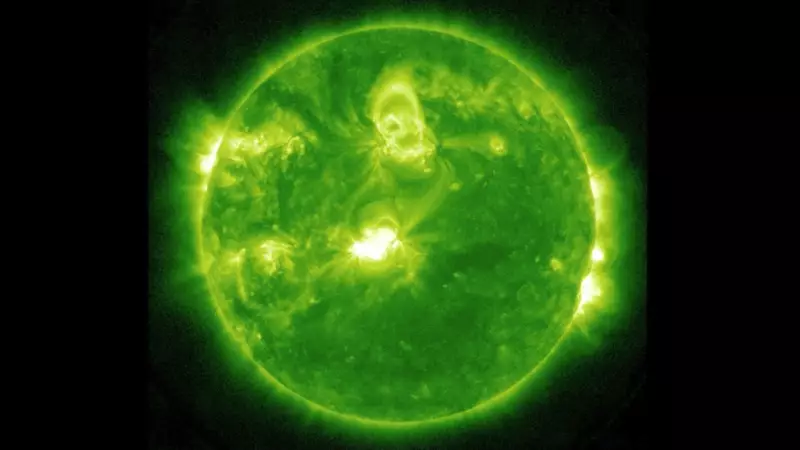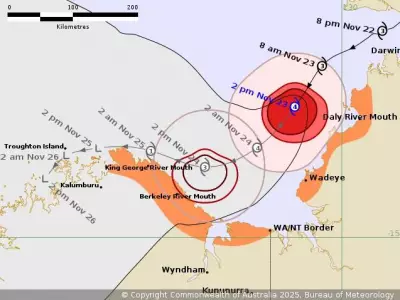
Australian authorities have issued a significant solar storm warning that could impact power grids, satellite communications, and navigation systems across the nation this week. The Bureau of Meteorology's Space Weather Forecasting Centre has alerted the public and critical infrastructure operators to prepare for potential disruptions.
Severe Space Weather Event Expected
The solar storm is forecast to hit Earth's atmosphere between November 14 and 15, 2025, following a massive coronal mass ejection from the Sun. Space weather experts have classified this event as a G3-level geomagnetic storm, representing a strong disturbance that could have noticeable effects on technological systems.
This solar activity originated from a significant solar flare that erupted from the Sun's surface earlier this week. The charged particles are now traveling through space at incredible speeds, expected to reach Earth's magnetic field within the next 24-48 hours.
Potential Impacts on Australian Infrastructure
The Bureau of Meteorology has warned that the incoming solar storm could cause several types of disruptions across Australia. Power grid operators are on high alert as geomagnetically induced currents may affect electrical transmission systems, potentially leading to voltage irregularities and, in worst-case scenarios, localized blackouts.
Satellite-based services face significant challenges during such events. GPS navigation systems may experience degradation or complete loss of signal, affecting aviation, maritime operations, and precision agriculture. Satellite communications could become unreliable, impacting remote communities and various industries that depend on satellite technology.
High-frequency radio communications, particularly used in aviation and emergency services, are likely to experience blackouts or severe disruption. This could affect flight communications and emergency response coordination in remote areas.
Preparation and Monitoring Measures
Australian authorities have activated their space weather response protocols. Critical infrastructure operators have been advised to implement contingency plans and prepare for potential system fluctuations. The Bureau of Meteorology will continue monitoring the situation closely, providing regular updates as the solar storm approaches.
While the scientific community emphasizes that this poses no direct health risk to humans, the technological impacts could be substantial. Astronomers and space weather specialists will be watching the event closely, as such solar storms provide valuable data for understanding space weather patterns and improving forecasting capabilities.
This event serves as a reminder of Australia's vulnerability to space weather events and highlights the importance of continued investment in space weather monitoring and forecasting capabilities to protect the nation's critical infrastructure.





